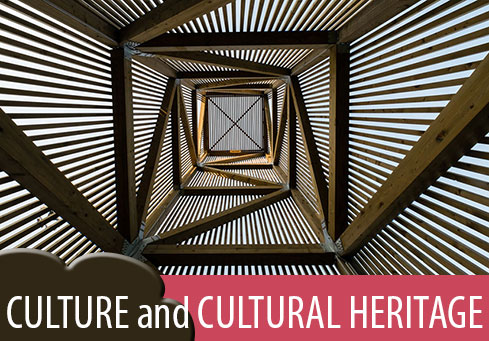Structured Democratic Dialogue Process
The Structured Democratic Dialogue Process – SDDP (originally developed by Dr. Alexander Christakis and Prof. John Warfield) is a deeply reasoned, scientific methodology for large-scale, collaborative design, which is effective in:
- resolving multiple conflicts and problems that are more and more complex in a reasonably limited amount of time;
- gathering the collective wisdom of diverse stakeholders who experience a challenge;
- assisting heterogeneous groups with conflicting opinions and interests in collectively developing a common framework of thinking based on consensus building and thus achieving results.
Pre-requisites for a successful process
A core group of people, the ‘Knowledge Management Team’ (KMT) composed by the owners of the problem, representatives of the main stakeholders and the SDDP experts, plays a crucial role in coordinating the process (identification of all the stakeholders, drafting the triggering questions, preparation of the reports, invitation of participants, etc.).
The identification of stakeholders is of paramount importance. They have to include all those whose lives might be influenced by any decisions taken, i.e., accurately represent elements of the subject and cover all of its facets (local stakeholders, relevant public and semi-public organisations, NGOs, active citizens, etc).
Structure of the SDDP
The participants are invited to answer a Triggering Question, formulated by the KMT, at a round-table session.
All responses to the triggering question (one idea in one sentence) are recorded using specialized software, printed and posted (or projected) on the wall.
The authors of the proposals clarify and describe their ideas for better understanding and to avoid overlapping.
The ideas are clustered (bottom-up) into categories based on similar attributes to discover the dimensions.
All participants get five votes and are asked to choose their five favourite (most important to them) ideas. Only the ideas that received votes go to the next and most important phase.
Participants are asked to explore influences of one idea on another. If the answer is ‘yes’ (great majority applied) an influence is recorded in the special software, which minimises the number of queries by using a mathematical algorithm known as Interpretive Structural Modeling.
The relations recorded result in the production of an ‘influence tree’ (‘Wall of Obstacles,’ ‘Vision Map’ or ‘Action Map’). The ‘influence tree’ is presented to the participants, subject to discussion.
The added value of SDDP
- Strategic character of the dialogue;
- Promotion of a place-based and bottom-up approach;
- Long-term outcomes rather than immediate and temporary outputs;
- Networking and capacity building;
- Legitimacy of the actors and their work;
- Stakeholders engagement and the sense of collective ownership;
- Creation of a core team (KMT) to sustain the continuity of the process;
- Development of mutual trust between participants;
- Participation on equal basis and respecting the autonomy of all participants;
- Facilitation of mutual understanding and consensus building.
Limitations of SDDP
- Time consuming process;
- Training requirement of facilitators, since the tools employed and the software used have to be learned;
- Need for engaging at least 15-20 participants, for the wider possible representation and interaction among institutions;
- Need to achieve a state of mutual trust, which is prerequisite of collective action.
Applications of SDDP
Worldwide applications of SDDPs are monitored by the Global Agoras community, who is also extending and developing the methodology further to address shortcomings and to enable scaling-up. Many governments, EC and CoE projects, businesses, and NGOs have applied SDDP successfully.
In conclusion, the Structured Democratic Dialogue is a very effective group decision-making methodology for managing complex problems with the participation of many parties. This methodology can be very useful for the modernization of public administration in the direction of the New Governance system, where the relationship between the citizen and the state is that of collaboration and conformation of public policies, based on consensus and agreement.
- The Faro Convention at work in Europe: selected examples
- The Faro Convention’s role in a changing society: building on a decade of advancement
- People, places, stories - Faro Convention inspired experiances
- Brochure - Action for a changing society
- Polish civil society and the aims of the Faro Convention
- Heritage and Beyond
- European Manifesto on Multiple Cultural Affiliation
- Dividing lines, connecting lines: Europe's cross border heritage



